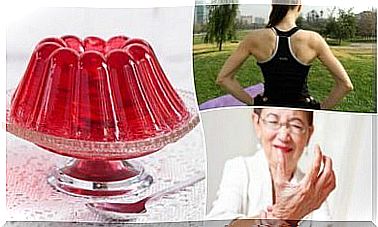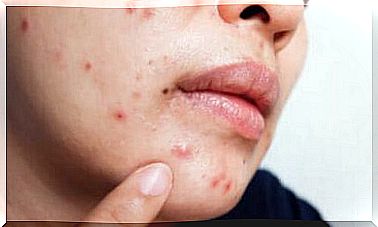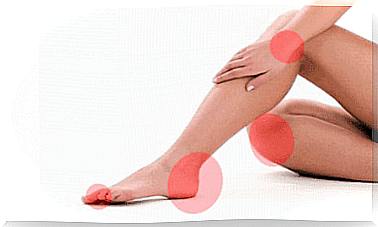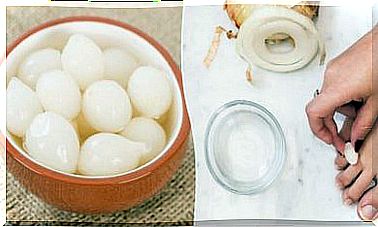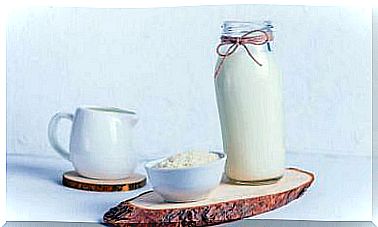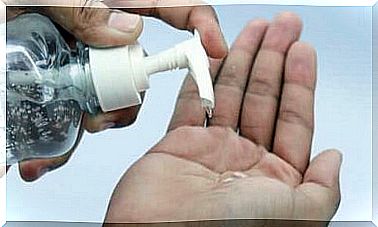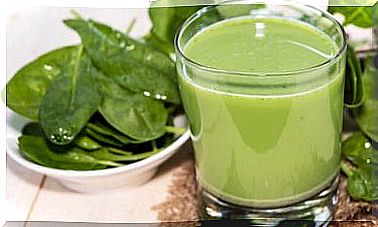What Chemicals Do Fabric Softeners Contain?
The problem with the components of the fabric softener is not in the small amounts of chemicals that each dose contains, but in their constant use which ends up contaminating our body greatly.
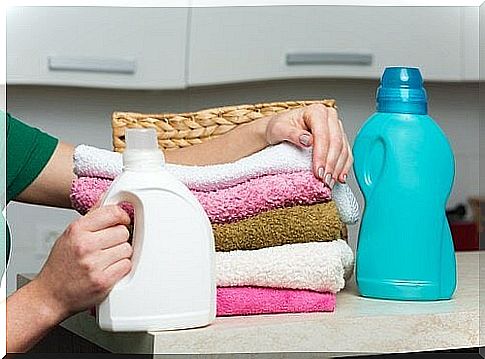
Fabric softeners are a popular product, widely used in all washing processes. In order to keep their sweetness, while leaving a most pleasant aroma.
They are found in most homes and they are very accessible in the market. Many brands offer packaging and fragrances of all kinds.
However, what many consumers ignore is that most of these products are loaded with dangerous chemicals that can endanger our health, especially that of the little ones.
Similar to other chemicals used in household chores, fabric softeners cause harmful effects that are not immediately noticeable.
Among them are respiratory problems and dermatological conditions which arise in reaction to direct or indirect contact with the product.
It has been proven that more than half of the fabric softeners on the market contain more than two chemicals capable of causing health complications.
In the rest of this article, we will reveal to you which substances are most frequently used in fabric softeners. So that you can identify them on the labels of the products you are used to buying.
Alpha-terpineol in fabric softeners
It is a colorless and combustible liquid with a lilac aroma. It is used to impart a pleasant fragrance to fabric softeners.
The United States Environmental Protection Agency warns us that it can cause the development of disorders like:
- Central nervous system imbalances
- Hypothermia
- Continuous headaches
- Depression and anxiety
- Loss of muscle coordination
- Irritations of the mucous membranes
Benzyl acetate
This aromatic agent is one of the most used in the manufacture of products for washing clothes.
It has a floral scent similar to jasmine and, like the previous substance, comes in the form of a perfectly colorless liquid.
Over the years, its presence in cleaning products has been linked to:
- An increased risk of suffering from pancreatic cancer
- Eye irritations
- Breathing difficulties
- Headaches
Benzyl alcohol
This colorless compound has a very pleasant aroma, which is extracted from plants and flowers.
It is present in many softeners, but also in essential oils of ylang-ylang, hyacinth and jasmine.
When it comes into contact with our body, it causes:
- Central nervous system disorders
- Irritations of the upper respiratory tract
- Fainting and vomiting
- Headaches
Ethyl acetate in fabric softeners
This ingredient takes the form of a liquid with a sweet and pleasant smell. It is used as a solvent and as an aromatic agent in various household maintenance products.
The United States Environmental Protection Agency lists it as a dangerous product to absolutely avoid
The risks surrounding this product are as follows:
- Kidney and liver damage
- Respiratory tract infections
- Fatigue and anemia
Chloroform
Chloroform is a dense, colorless, slightly sweet-smelling liquid that is added to fabric softeners because it is a solvent and aromatic agent.
The 11th Carcinogen Report published by the United States National Toxicology Program clearly classifies this component as a carcinogen.
Regular use of this product can cause the following health problems:
- Drowsiness
- Nausea, dizziness and vomiting
- Headaches
- Kidney and liver damage
- Heart problems
- Dermatological conditions
- Respiratory tract infections
Terpinolene in fabric softeners
Terpinolene is a colorless liquid that gives cleaning products a much appreciated citrus scent.
This compound is used in the manufacture of softeners, shaving foams, soaps and other types of products used in household chores or for personal hygiene.
It is listed as a potential carcinogen, which increases the presence of malignant cells in the kidneys and bladder.
It is linked to the following health problems:
- Eye irritations
- Skin disorders
- Sore throat
- Inflammation of the nasal sinuses
The reason why the effects of these chemicals are only seen in the medium to long term is because the products that use them contain only small amounts.
But the use that we make of it is almost daily. The amount of harmful compounds that ends up entering our body is therefore quite significant.
To be on the safe side, we recommend that you take a good look at the labels of your cleaning products to make an informed choice. Or opt for eco-friendly alternatives like apple vinegar or baking soda.
